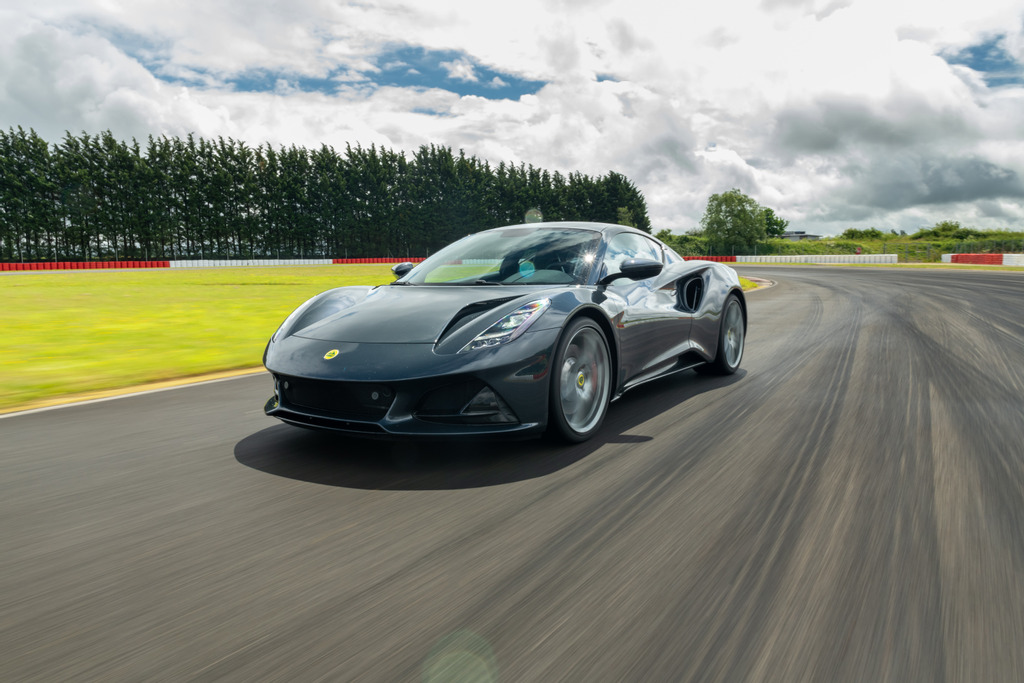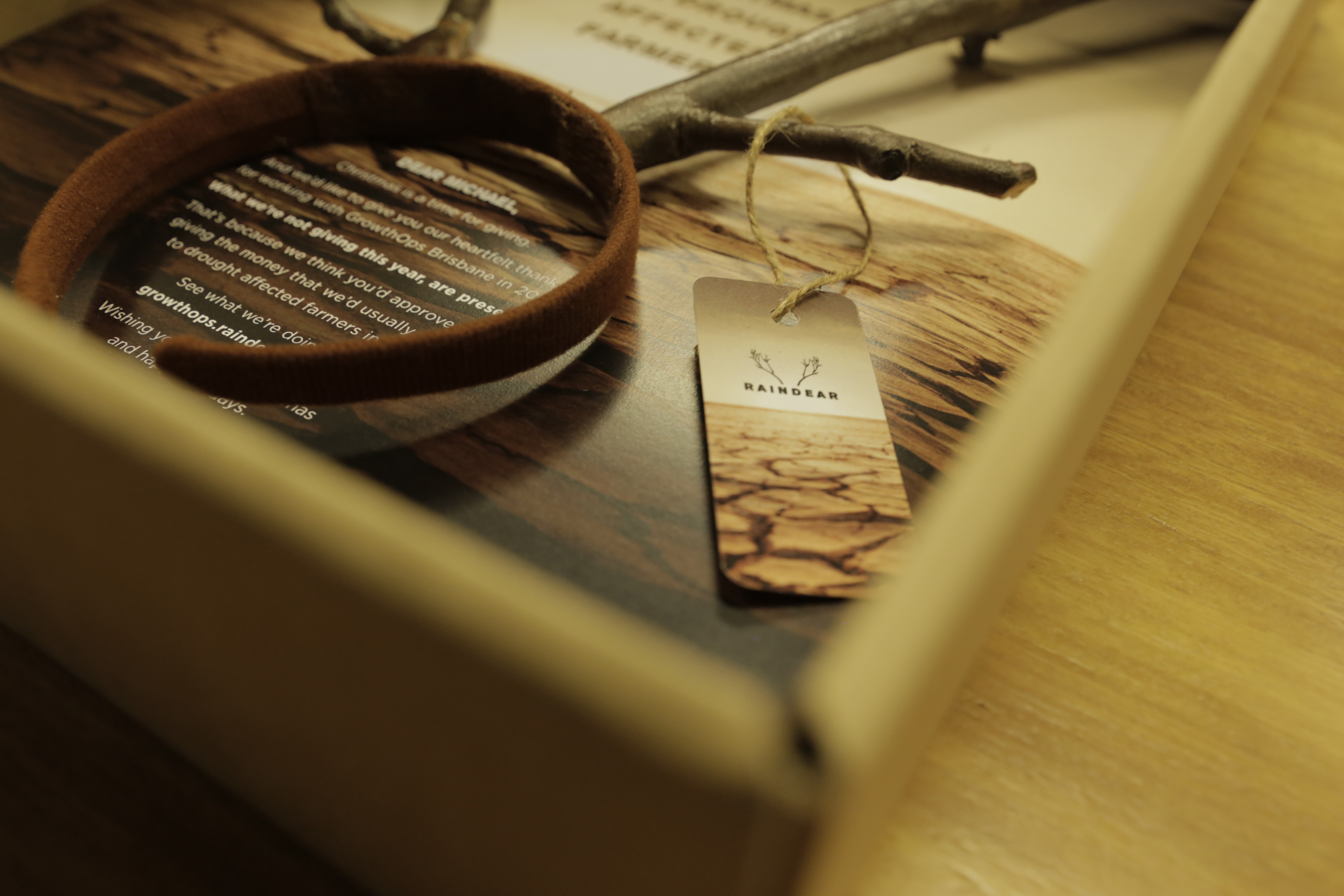No. It's not a Ferrari, but Lotus Emira, launched about 20 hours ago, is being described as a supercar for 1/4 the price. The Lotus brand seems to have made a complete turnaround, now being under its 5th owner, having been passed from GM to Bugatti, Proton; now under Chinese automotive giant, Geely (pronounced Ghee-LEE).
Lotus has always been a sportscar-only brand, and is a niche, low-volume manufacturer player in the automotive world. How niche? Ferarri sells about 10,000 cars a year. Porsche sold 272,162 (!) cars in 2020, of which 56,000 were in the sports cars segment relevant to this conversation. Lotus? Well, they've sold around 100,000 cars. Since 1948. That's less than two years worth of Porsche production. Demand hasn't seemed to outstrip supply since the first Elise was launched in 1996 and boasted a 2 year wait list.
The reinvigoration of the company, sponsored by significant investments by Geely to turn Lotus into a truly global car brand has kicked off with 100 million GBP worth of investment into operations and manufacturing and the launch of a 2 million GBP hypercar. That's an all-electric, 2000 hp halo car called Lotus Evija (Yes, all modern Lotus cars have names that start with an E).
But despite its troubled financial history and low sales volumes, Lotus has pulled off a bit of a coup. They're showing an inspiring blend of business and brand strategy which serve as a bit of a guide on how to pull off a turnaround. What can we take away?
-
Enhance differentiation from the competition: Dramatically reposition the brand by first making an ultimate, futuristic hypercar that is achingly beautiful, and takes on the supercar brand elite, and what must be a world record for horsepower. So exclusive, just 130 units are planned.
-
Enhance relevance to a broader user base: Follow up with this, the Emira, a tremendously more accessible sportscar; cheaper than a BMW M4, and echoes the design language of their halo hypercar. That is disruptive pricing, when, just from its looks, you'd think the Emira costs at least double what it does. Lotus have further deepened relevance and product appeal with a modern cabin architecture and "feel" and have well-benchmarked it for quality against some of the best in the business.
-
Align marketing and PR with digital marketing strategy: As of writing this, the top 2 videos on YouTube have a combined 1 million views in less than 24 hours. And key motoring video influencers with access to the UK launch car are gushing.
-
Enhance product credibility with perceptible quality cues: Spend a significant part of your budget on bringing in the best engine you can, in this case, the cheapest Emira you can buy comes with the staggeringly effective and desirable Mercedes AMG engine, quashing any fears about reliability or performance, and adding a modern touch with a DSG gearbox. Dazzle everyone by positioning this as the base model, with 'just' close to 400 hp. Top it all off with aerodynamics styling that even the man on the street do a double-take.
-
Keep your core fan-base happy: As even Porsche has learned, a manual gearbox is a purist drivers' must-have for your driver-focused models (the Porsche 992 GT3 has only just arrived with a manual gearbox option this week). The Evora launches with a howling supercharged V6, with a manual gearbox, jewelling-up the cabin with an exposed mechanical linkage (The Mercedes inline four-cylinder launches later). To a car-lover, this presentation of the manual gearbox is the equivalent of a luxury watch with an exhibition case back, the point of which is to be able to enjoy the engineering artistry of an in-house watch movement. Added to that, the higher-end models with the V6 will also feature an exposed engine, visible through the rear glass hatch. No, you do not get the manual gearbox, nor the dramatically exposed engine, on the base-model with the 2.0 litre turbocharged Mercedes engine - that gets a plastic engine cover.
The repositioning of the brand reeks of authenticity and credibility, and critically, rings an aura of desirability back into the mix. The changes are perceptible. Even with a GBP 100 million of investment, it's easier said than done.
Well done, Lotus. This is will be a case study for the books.




